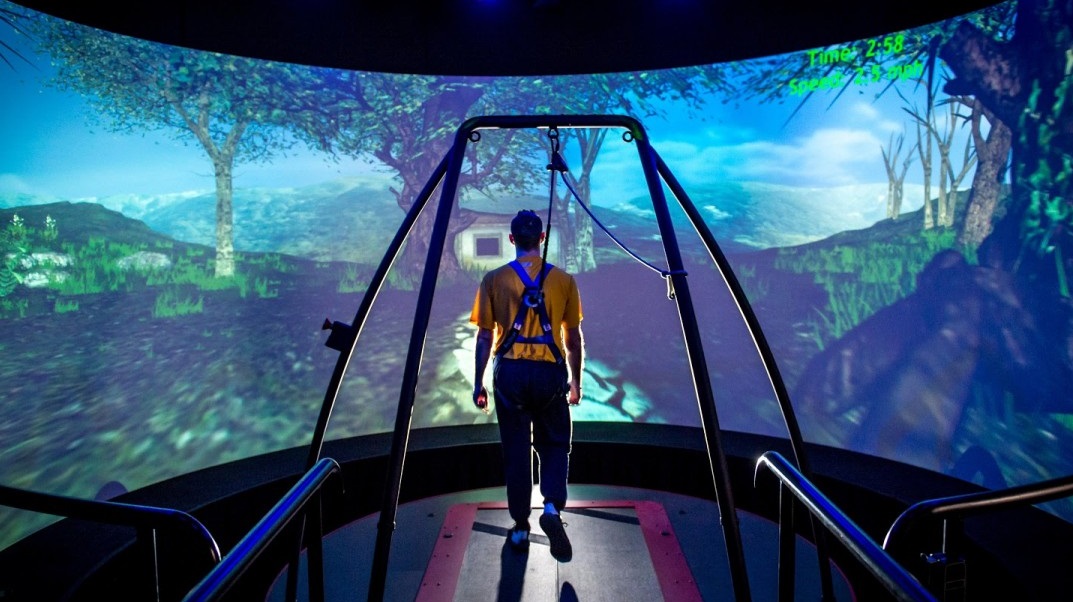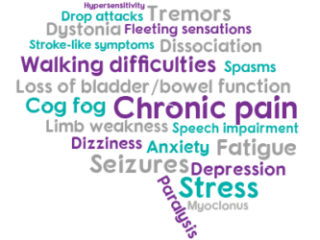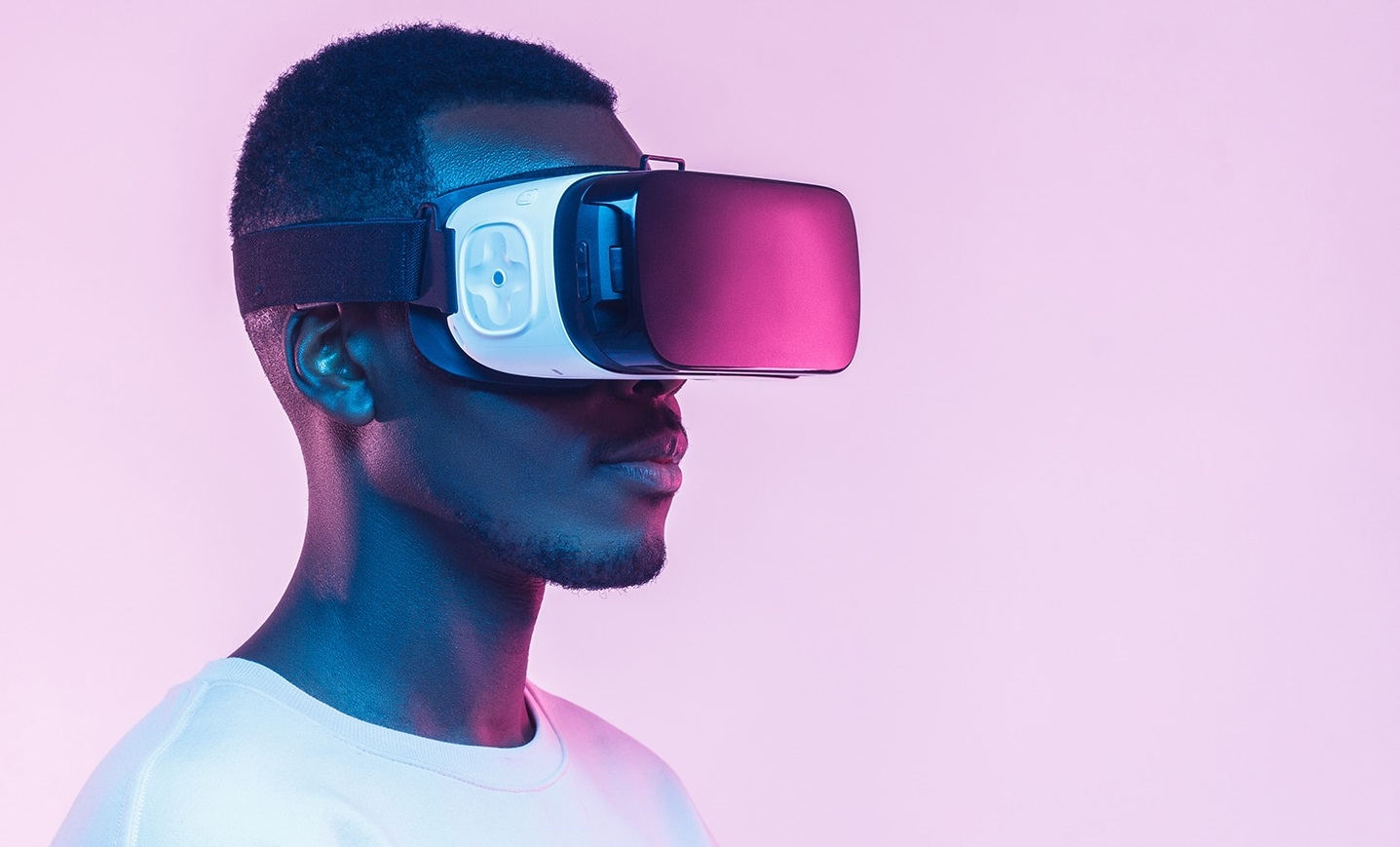
Virtual Reality Therapy
By Sarah Wilkinson Bsc (Hons) Physiotherapy, MCSP, HCPC
In this article I want to discuss the use of virtual reality therapy in neurological rehabilitation and how it can benefit the neurologically impaired patient.
Virtual reality therapy is a reasonably new approach to treatment in neurological rehabilitation. It involves simulation of ‘real life’ activities in order to work on independence in day to day tasks and help improve quality of life.
The main aim of neurological rehabilitation is to maximise the effects of neuroplasticity and functional reorganisation in order to influence recovery in the neurologically impaired person. Neuroplasticity is the brain’s ability to reorganise itself forming new neural connections between intact neurones so that these areas can help take over the function of the damaged neurones/areas. In order to develop these connections, specific targeted therapy with repetitive training in order to engage the brain and its recovery is needed.
There are 2 main types of virtual reality therapy:
Non Immersive- two dimensional and delivered through a computer screen. The user (patient) can control what is happening on the screen by using a joystick, mouse or sensor.
Immersive-The environment is delivered by equipment worn by the user (patient) or the user is situated in the virtual environment. This could be a sensory room where the patient can experience an ‘immersive stimulating’ experience in different realistic scenarios.
Within virtual reality rehabilitation, exercises can be adapted according to the user’s needs and the neurological therapist can assess and change the environment to further challenge the user. Areas that may be challenged through virtual reality rehabilitation include balance and coordination, strength, sensory, cognition, emotions, visual/perception. Scenes can be based upon ‘real life’ situations which can then help prepare an individual for a ‘real life’ situation.
Interactive scenes can help engage a user within their rehabilitation and help maintain concentration/motivation levels and therefore enhance learning and repetition of movements which is essential in recovery of a neurologically injured person. Goals and outcome measurements can be set and recorded in order to monitor an individual’s progression and help identify future goals/aims of rehabilitation.
If you would like any further information about what virtual reality rehabilitation technologies we use and how we can integrate them into neurological rehabilitation/therapy, please contact us at [email protected] or visit our website, www.neurotherapyworx.co.uk




